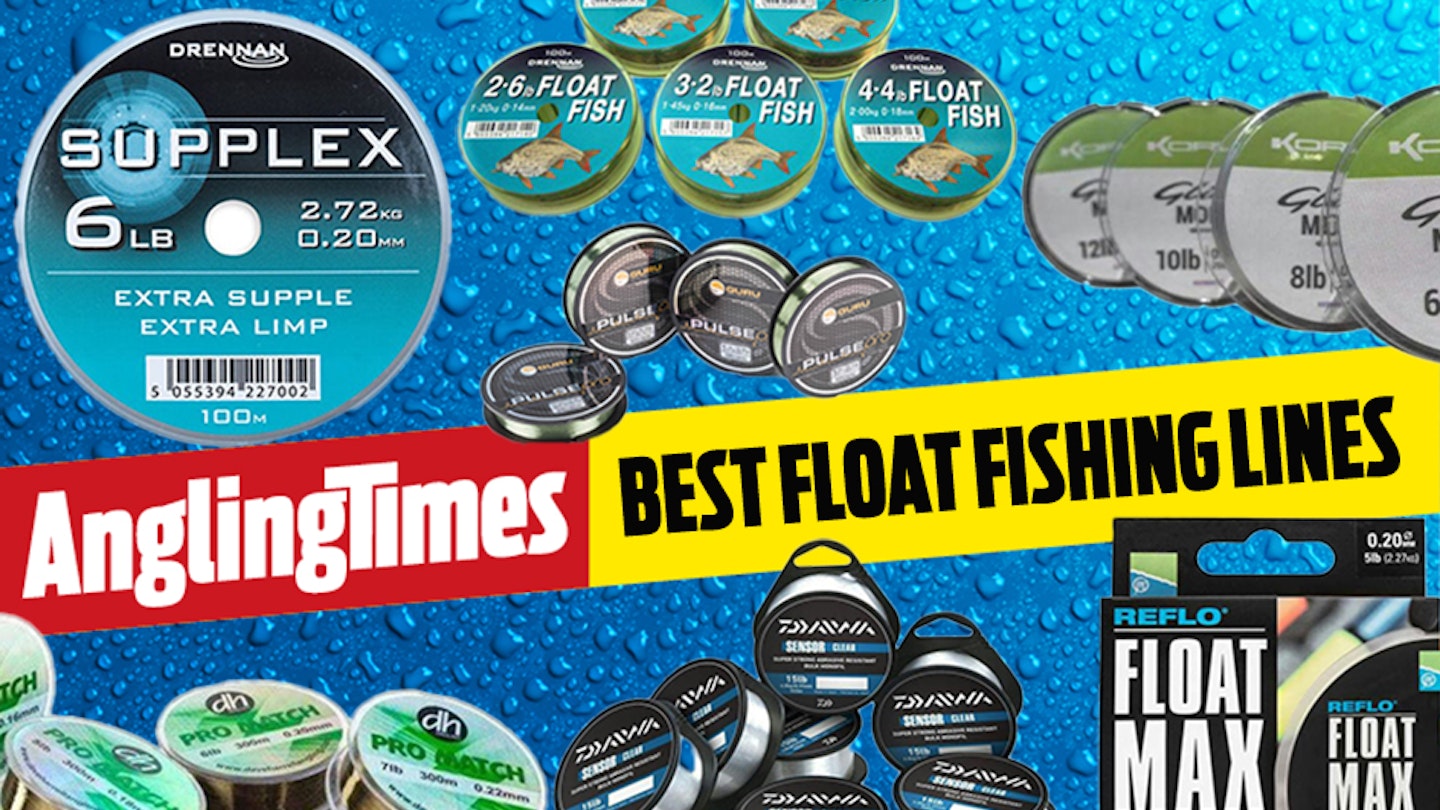Choosing the best lines for float fishing is paramount to how effective and efficient the method will be for you. Making the wrong choice will make casting difficult and lead to the line twisting up, all whilst making your presentation poor.
Whether you are fishing with a waggler on a lake or a stick float on the river, the best lines for float fishing will improve every aspect of your angling and make it a far more successful method for you. The float is such an exciting way of fishing, so get it right and you will have some really enjoyable angling.
The best lines for float fishing at a glance...
• Best In Class Float Fishing Line - Drennan Supplex - View offer on Fishing Tackle and Bait
• Best All-Round Float Fishing Line - Preston Float Max - View offer on Total Fishing Tackle
• Best Budget Float Fishing Line - Daiwa Sensor - View offer on Total Fishing Tackle
• Best Float Fishing Line for Rivers - Dave Harrell Pro Match Line - View offer on Fishing Tackle and Bait
Lines come in all different diameters and colours, and all have varying properties to suit certain methods. In this guide we look at some of the best lines for float fishing to help you make the right choice…
Best in class float fishing line
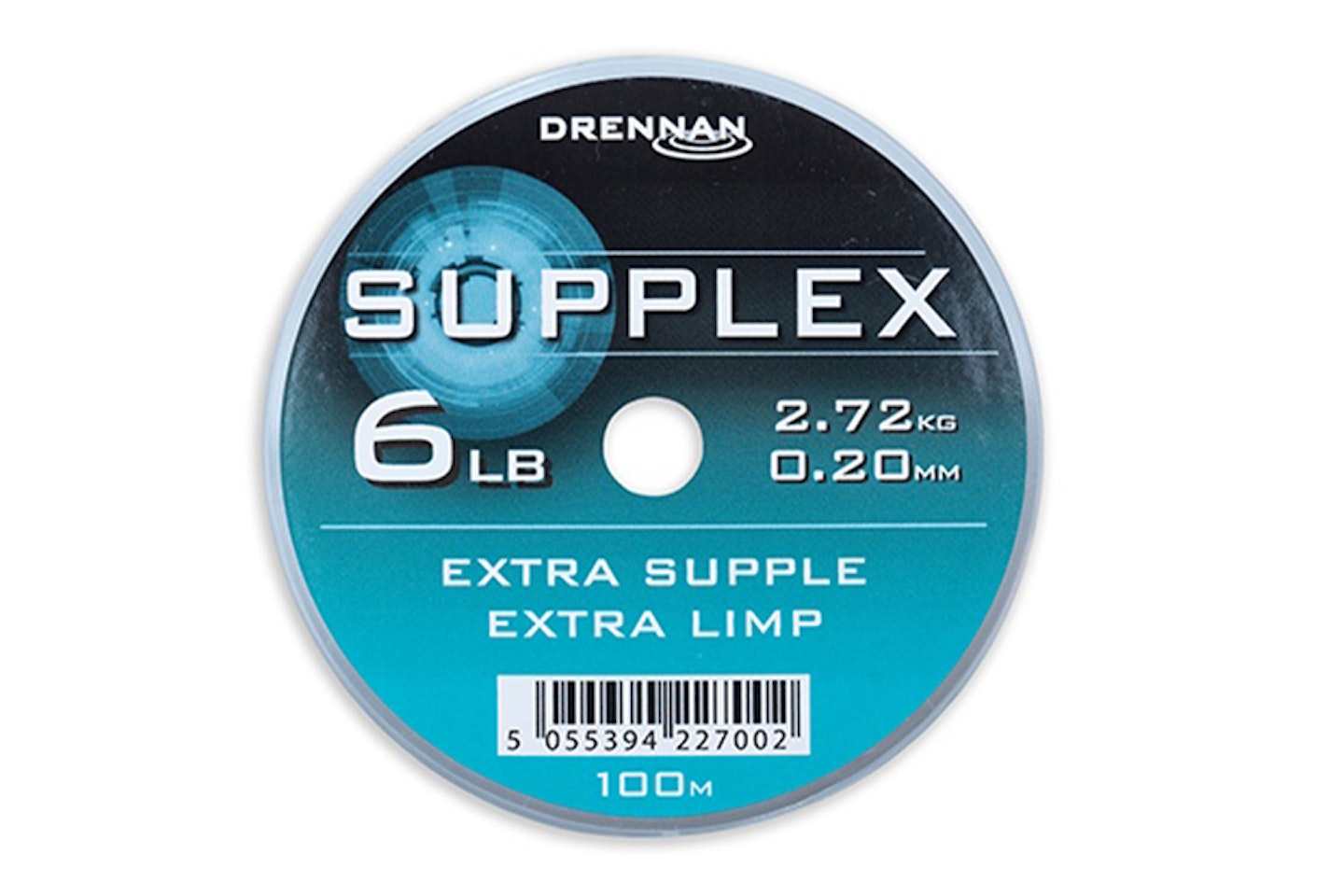
www.fishingtackleandbait.co.uk
One of the best float fishing lines available is Drennan Supplex. What makes this line so good is its really low diameter and super supple nature. These two features make casting floats far easier thanks to the reduced resistance through the rod rings, allowing you to use a lighter float and still achieve good distances.
The line is really strong, so you can often use a slightly lighter mainline than you normally would. Its clear design makes fish less wary of it and its low stretch gives you instant contact to the float when you strike. This is my first-choice reel line for the majority of my float fishing.
Available in 100m spools: 3lb (0.14mm)-12lb (0.28mm)
Pros
- Very supple, great for casting.
- Low diameter.
Cons
- Not quite as abrasion resistant as some others available, but still very strong.
Best all-round float fishing line
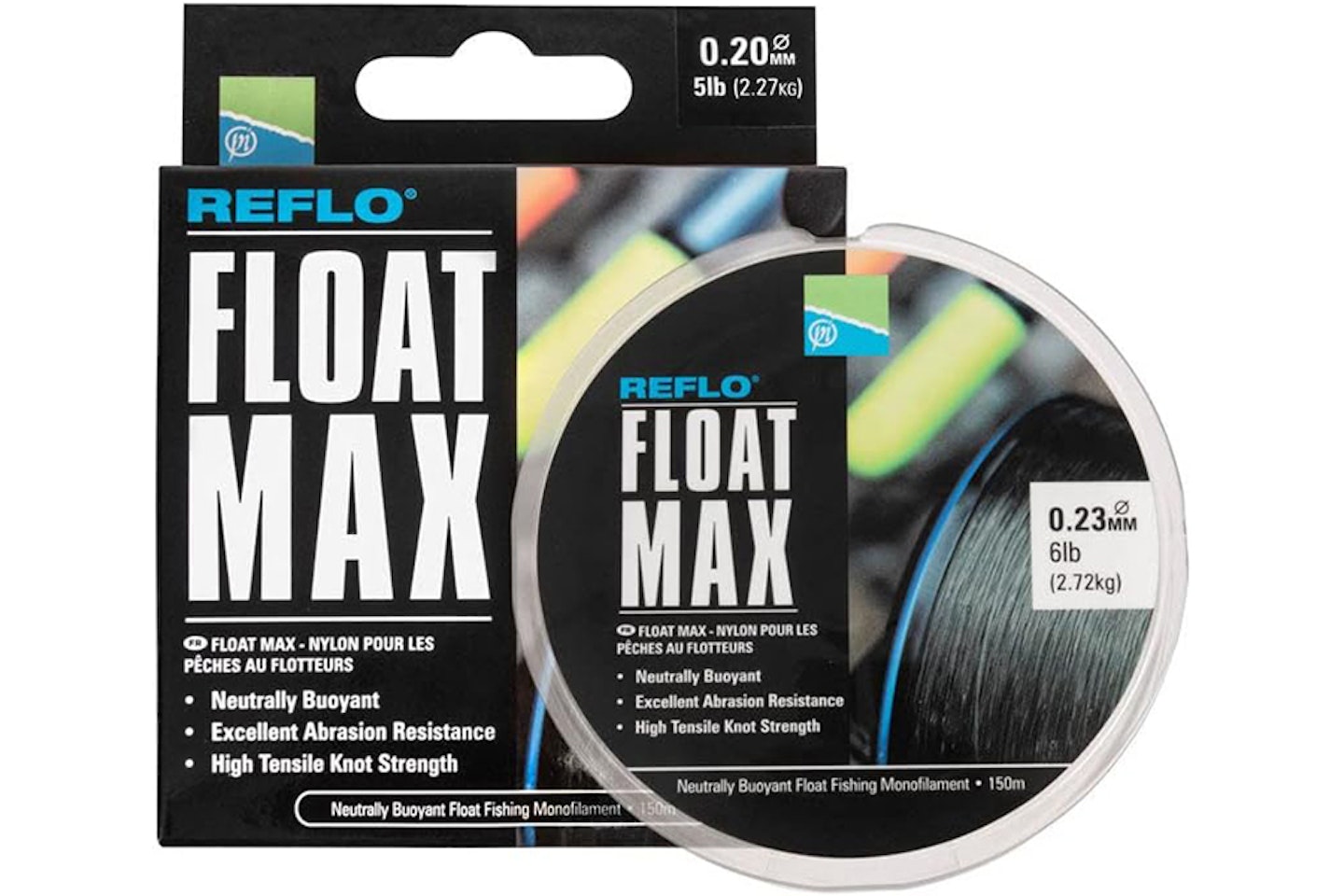
www.total-fishing-tackle.com
If you need a line that is robust for your float fishing, then Preston Float Max is definitely something you should consider spooling up with. Despite its relatively low diameter, the line has a really high abrasion resistance, which will stand up to being rubbed over snags or your landing net if you’re catching well. It is also great if you want a reel line to last on your spools and don’t want to change it too often.
One of the key features of this line is its neutral buoyancy. When you sink the line, it won’t sink down to the bottom quickly, which can drag your float back towards you and make striking difficult, which will result in more hit bites.
Available in 150m spools: 3lb (0.14mm) – 10lb (0.28mm)
Pros
- Neutral buoyancy.
- High abrasion resistance.
Cons
- Not the most supple line compared to some others.
Best float fishing line for specimen river fish
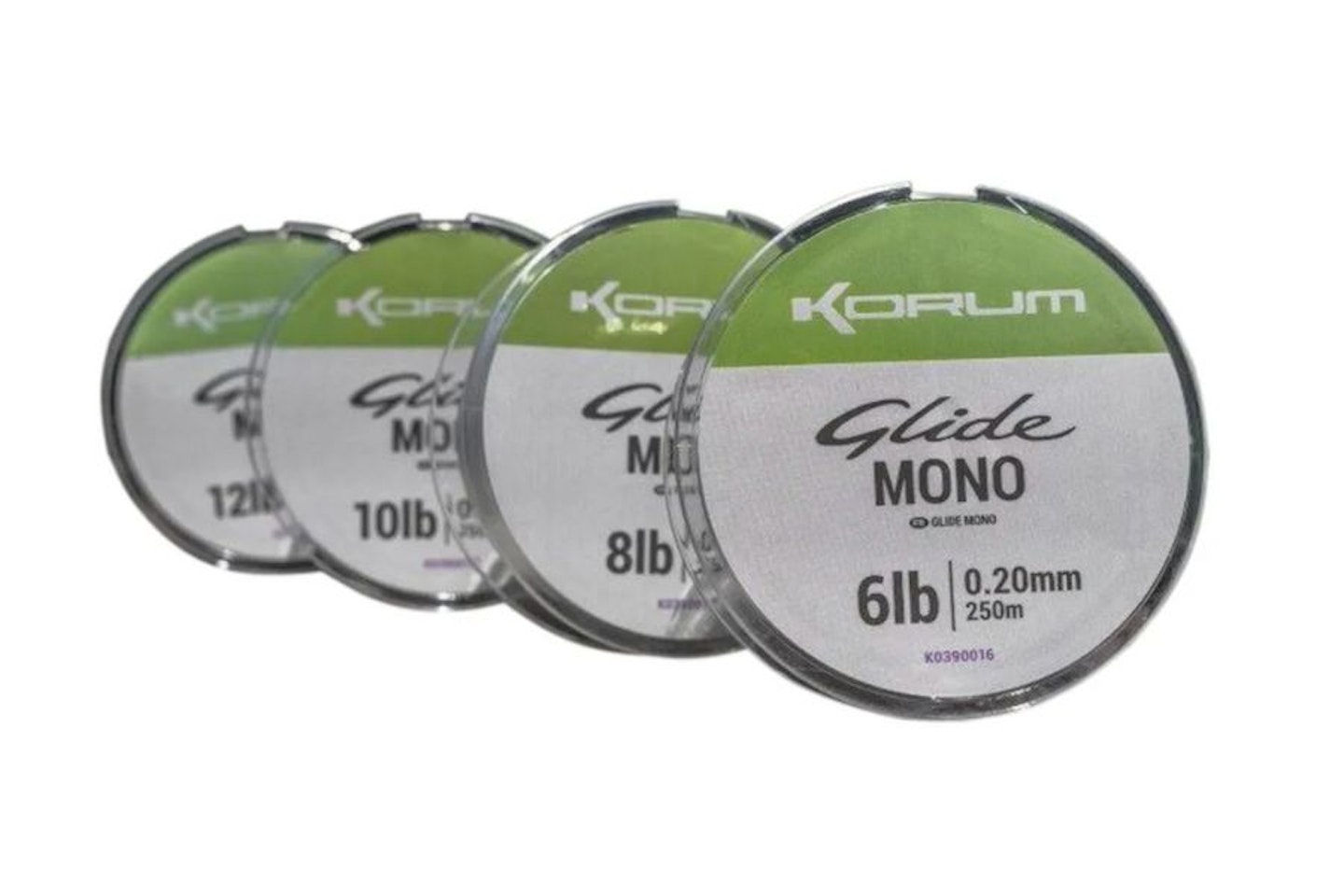
www.total-fishing-tackle.com
Korum Glide Mono has been designed for all your float fishing techniques, especially when big fish are the target. Whether you’re looking to catch chub and barbel or carp and tench, it’s a line that will give you confidence. The line is ultra-buoyant thanks to the hydrophobic coating, making it an ideal choice for float fishing on rivers, mugging or pellet waggler fishing.
The line itself is crystal clear, which will help reduce spooking the fish and its high knot strength and abrasion resistant properties make it perfect when targeting big, wary fish. There is a finesse version available too, if you need a line that is slightly lower breaking strain and diameter.
Available in 250m spools: 6lb (0.20)mm – 12lb (0.28mm)
Pros
- Ideal for larger fish on flowing water.
- Floats exceptionally well thanks to its Hydrophobic coating.
Cons
- Doesn't sink easily.
Best float fishing line for rivers
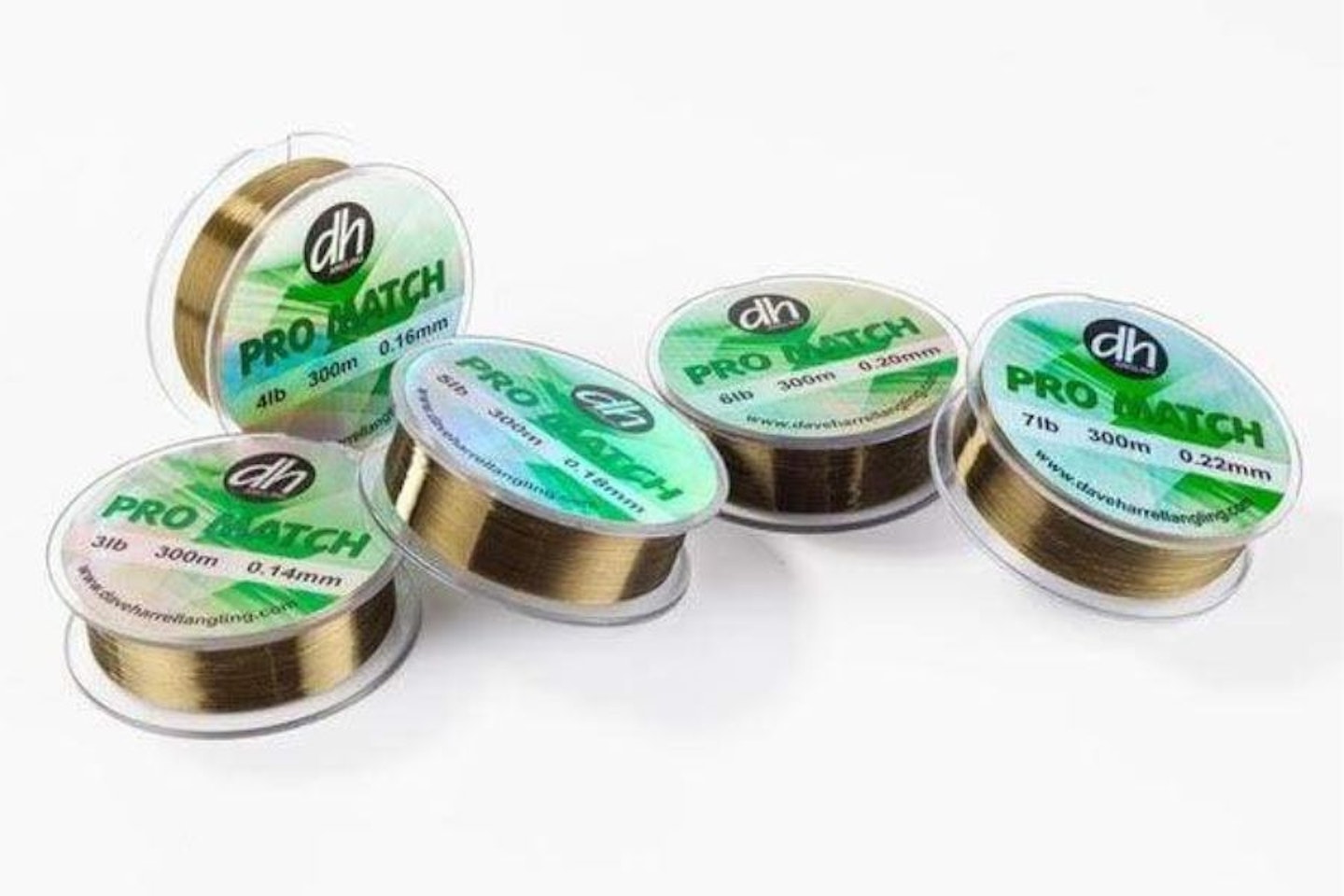
www.fishingtackleandbait.co.uk
If there is one angler who knows about float fishing on rivers it’s Dave Harrel, and his Pro Match Line is designed for just that, so you know it will be perfect for the job. Designed to perform to exacting standards of top matchmen, the line has a very low memory to ensure the speed through the strike puts you in direct contact with the fish, rather than striking out the stretch.
The Pro Match Line floats superbly well, giving you full control when fishing running water, whether you need to stay in contact with a waggler or mend the line behind a stick float. The line has very low diameter for its breaking strain and is quite robust, so will stand up to some punishment too. The line will perform well on a stillwater too but is far better on flowing water.
Available in 300m spools: 3lb (0.14mm) – 8lb (0.24mm)
Pros
- Perfect choice for float fishing on rivers.
- Low memory and stretch increases chance of hooking up when long trotting.
Cons
- A 100m spool might suit some anglers better.
Best value float fishing line
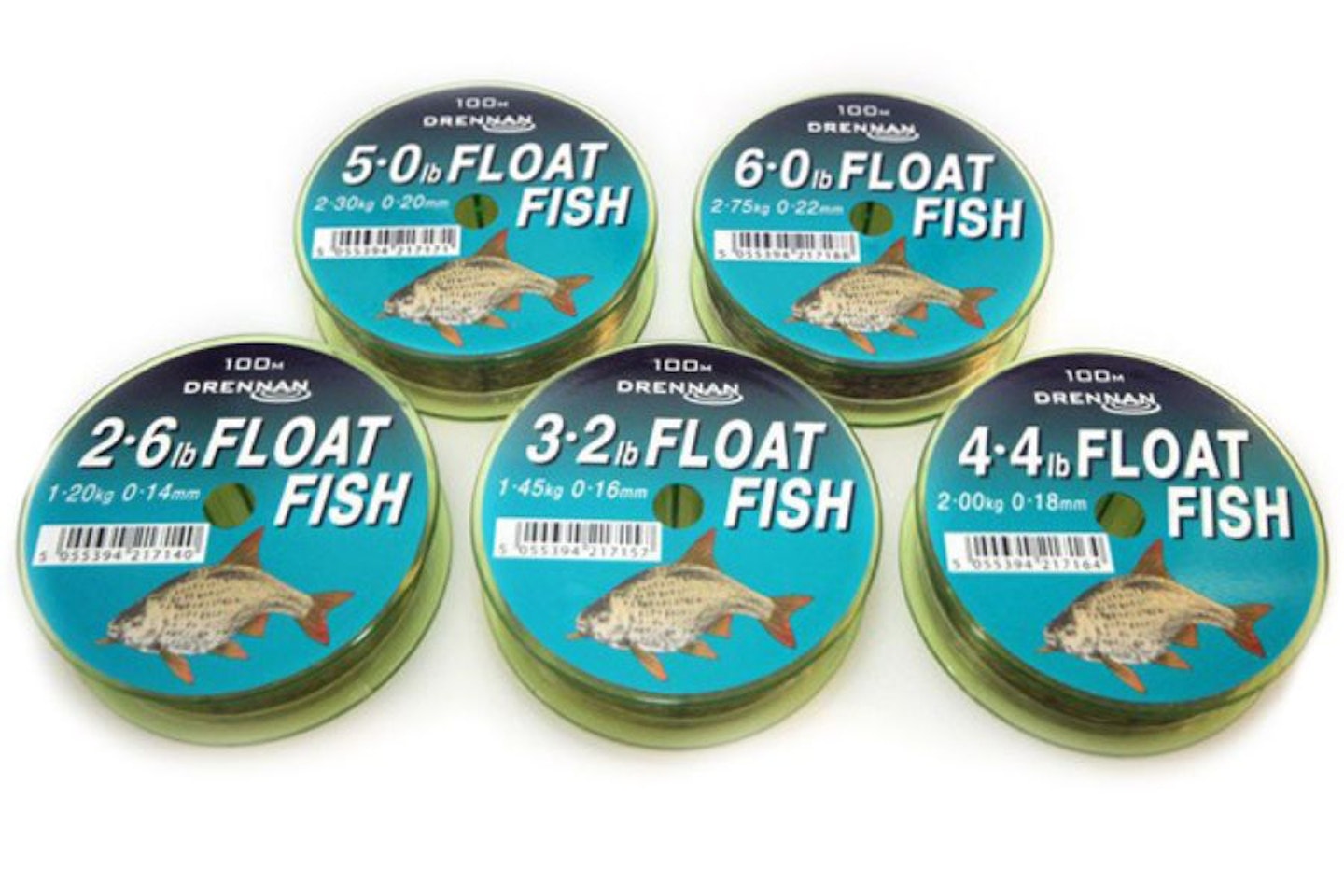
www.fishingtackleandbait.co.uk
Drennan Float Fish Mono is one of the all-time classic reel lines, it has seen some upgrades in recent years that have improved its performance for modern day float fishing techniques. The line itself is olive in appearance, this makes it a little easier to see, ideal for trotting when you need to control the line and the new glossy finish, allows it to glide through the rings and off the spools beautifully.
The line floats really well too, again lending itself to trotting or using on a calm day when you want the line to sit on the surface, however, it will sink with some encouragement if you need it too. The stiffness in the line helps with pick up speed and abrasion resistance, whilst also reducing the chance of the line spinning up on the retrieve as some of the slightly limper lines can.
Available in 100m spools: 2.6lb (0.14mm) – 6lb (0.22mm)
Pros
- A great all-round line.
- Perfect for beginners as its very user friendly.
Cons
- Diameter isn't as low as some other manufacturer's lines.
Best pellet waggler float fishing line
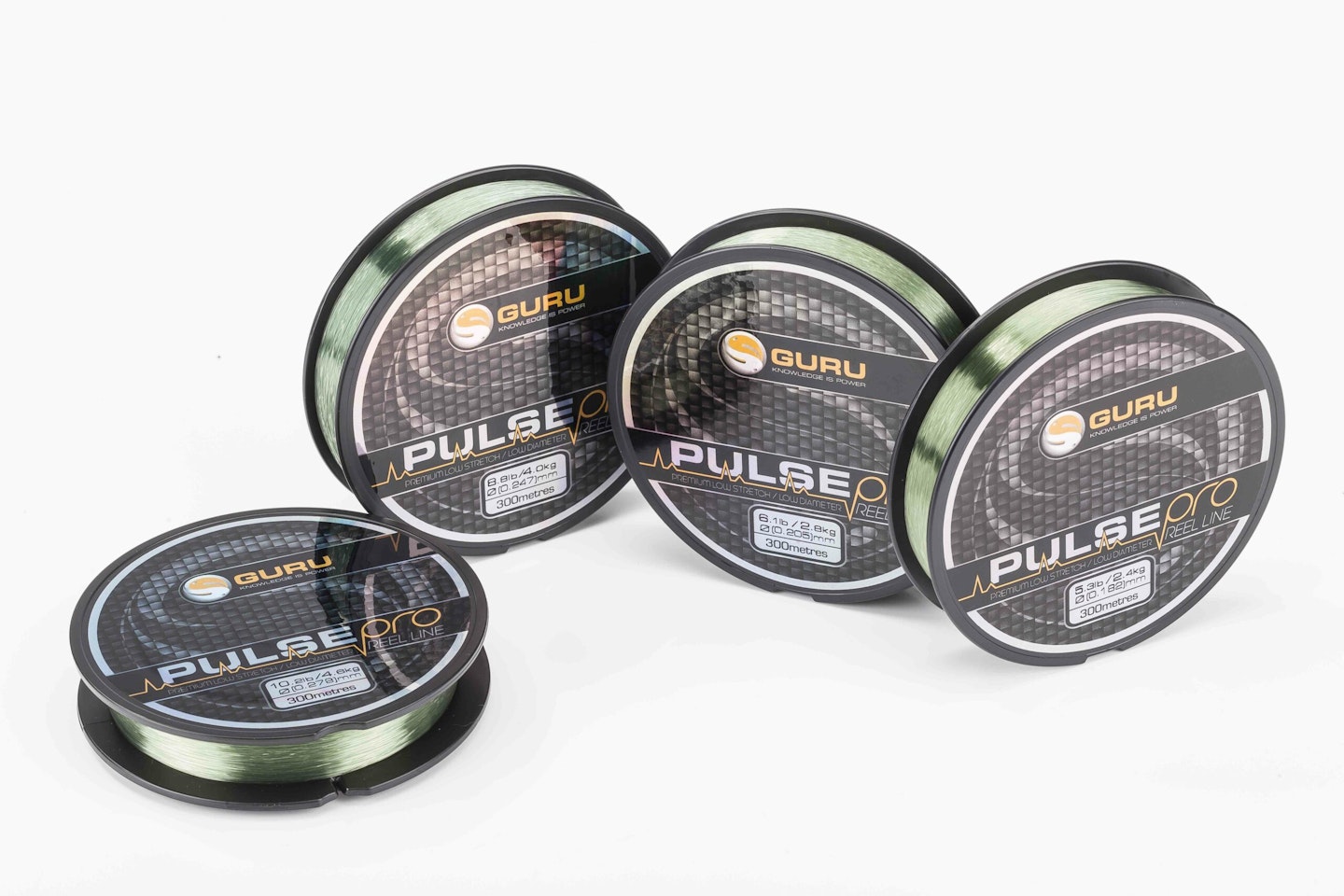
www.total-fishing-tackle.com
The low stretch Guru Pulse Pro line is a very high tech, modern line created to stand up to the rigours of today’s commercial and natural water angling. The line is very versatile and will cover all your float fishing requirements, whether you want to cast a big pellet waggler out or fish more delicately with a more traditional waggler.
The smooth profile and low diameter allows for more accurate and effortless casting, which is ideal when chucking a waggler to mug carp and the low stretch allows you to hit the quick bites this method often produces. The line is resistant to wear and damage, so you can leave the line on the spools for ages without it degrading, great if you catch loads of fish and need reliability. The spool also comes with a handy 150m sticker so you know when you’re halfway through.
Available in 300m spools: 5lb (0.18mm) – 10.2lb (0.27mm)
Pros
- Perfect for commercials.
- Robust, resistant mainline.
Cons
- Not the best line available for flowing water.
Best budget float fishing line

www.total-fishing-tackle.com
If you’re looking for a great value, no nonsense line for your float fishing, then look no further than Daiwa Sensor. This line has been around for years and has probably spent time on every angler's reel at some point in their life. Sensor is really durable, has good casting properties and when it’s been used for a while becomes limp and easy to use.
It is perfect for catching all sizes of fish and can be taken to any venue. The line knots well and being clear it has good camouflage properties when in the water.
Available in 300m/1000m spools: 3lb (0.18mm) – 15lb (0.37mm)
Pros
- Robust.
- Great all-round line.
Cons
- Can be prone to twisting, so use swivels where possible.
What to look for in a float fishing line
There are a few key features to look for when choosing a line to spool up with for your float fishing. The most important aspects that make the best lines for float fishing are low diameter and low stretch, the lower the diameter to breaking strain ratio reduces the friction through the rings and the air, allowing you to cast further with the lighter end tackle like floats.
Low stretch allows you to be in contact with the float much quicker and as a result of being more direct, you will hit more bites and set the hook much better than compared to a line with stretch in it. A line with a smooth profile and suppleness will make fishing and controlling a float much easier too and will result in better accuracy.
The best lines for float fishing on a river are ones that float well. The last thing you need is a line that sinks as it will drag your float out of position, make mending the line almost impossible and when you strike, you will only be striking the bow out of the line rather than through the float into the fish.
Glossary
Diameter: The distance across a circle, which equates to how thick a line is. The higher the diameter the thicker the line will be.
Breaking strain: The amount of pressure that must be applied to an unknotted line before the line breaks. Therefore it doesn't mean you can only catch fish up to 10lb on 10lb line.
Abrasion resistance: The ability of a surface to resist being worn away by rubbing or friction, the better the resistance, the more it will resist being worn away.
High stretch: The amount a line will stretch varies amongst monofilaments, a higher stretch line will just simply stretch further at a given length then a low stretch.
Supple: How easily something bends and moves, the more supple the more freely an object will move.
Spool: A cylindrical device upon which the line is wound.
High knot strength: The ability to maintain strength as close to the original breaking strain after knotting the line.
Monofilament line: Monofilament fishing line (shortened to just mono) is fishing line made from a single fiber of plastic material.
Frequently asked questions on float fishing lines
What line do I need for float fishing on rivers?
The features you need to look for when choosing a line for float fishing on rivers is that it is buoyant, has a low stretch and is very strong for its diameter. The line must float to keep in touch with the float and provide better control. A low stretch will help you hit bites, especially when long trotting, and the high breaking strain/diameter helps as there is much less drag on a thinner line. Aim for a line between 4-7lb and match that depending on species, flow and snags present.
What line is best for pellet waggler fishing?
The main aspect of a pellet waggler line is that it's very strong and robust. This style of angling is very demanding on your line, with constant casting, retrieving and playing larger than average fish, using a light line will cause you a lot of problems. A line that floats well is also imperative, as generally you aren't sinking the line, especially when trying to mug fish, keeping you in direct contact to hit any dips on the float.
How do I load line onto my reel?
The best method is to soak the line in a bucket of water for 24 hours prior to loading it onto the reel, this causes the line to relax and helps it load better. With the reel on the rod, trap the line against the blank and wind through your fingers or a cloth under tension. Make sure the spool is facing you and as you begin to reel, check if the line is curly or straight, if it is curly flip it over and it should come off straight until the spool is full.
What diameter line is best for float fishing?
There is no one-size-fits-all with float fishing and line diameters, as they are all good if used correctly. If you're fishing for chub on a river, something of around 0.15-0.17 (4-5lb) would be perfect, whereas if you're fishing a pellet waggler for carp, you would definitely want to increase that to around 0.20 (6-8lb) and above due to the power of carp. It is about finding a nice balance between strength and finesse, if the line is too heavy, it will impact casting and presentation, if it is too light, you'll have breakages.
Author Aidan Bordiuk is an enthusiastic angler who enjoys all fishing disciplines from match fishing to beach casting. He is currently occupying the position of Commercial Content Writer at Angling Times.
